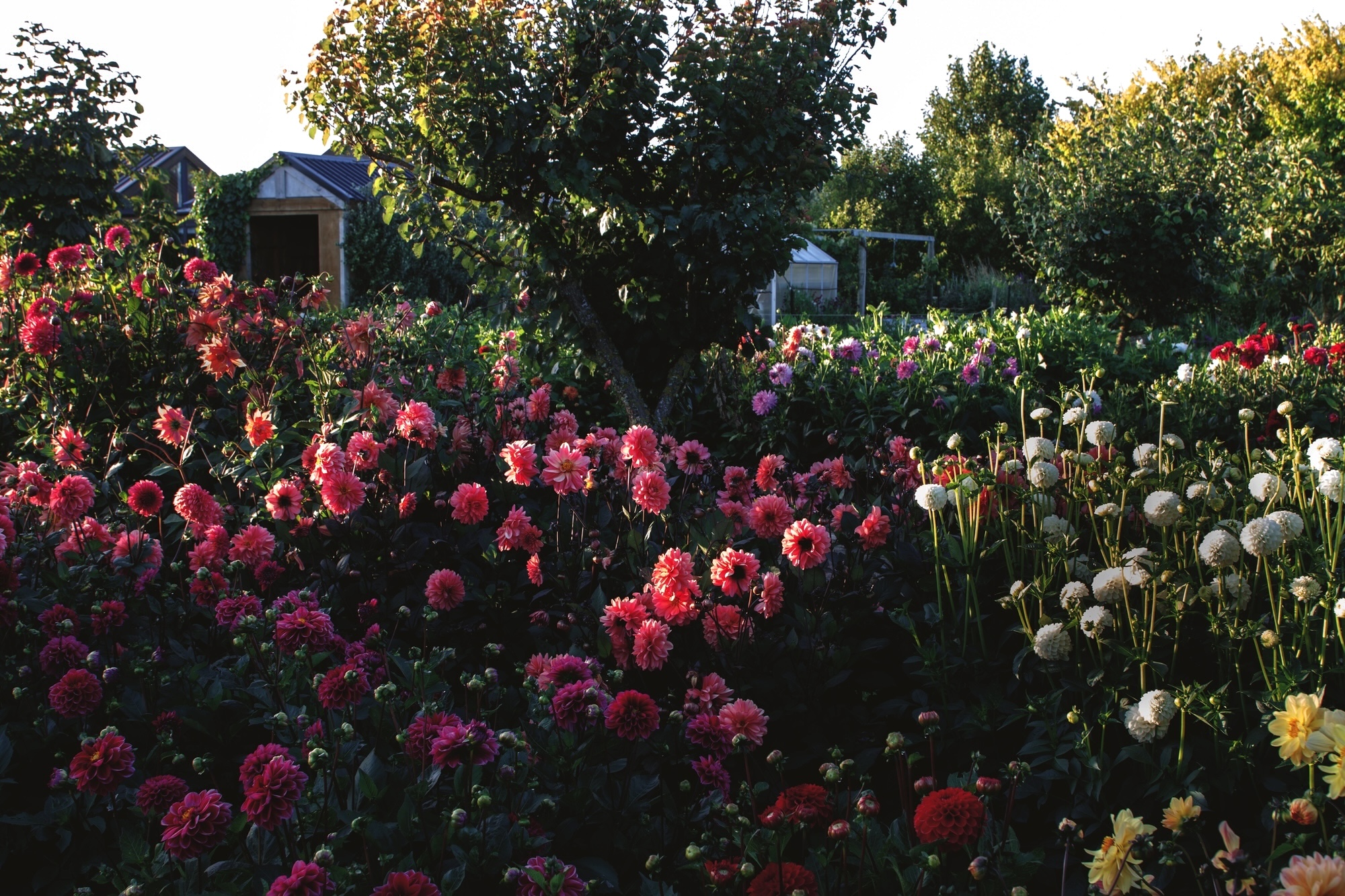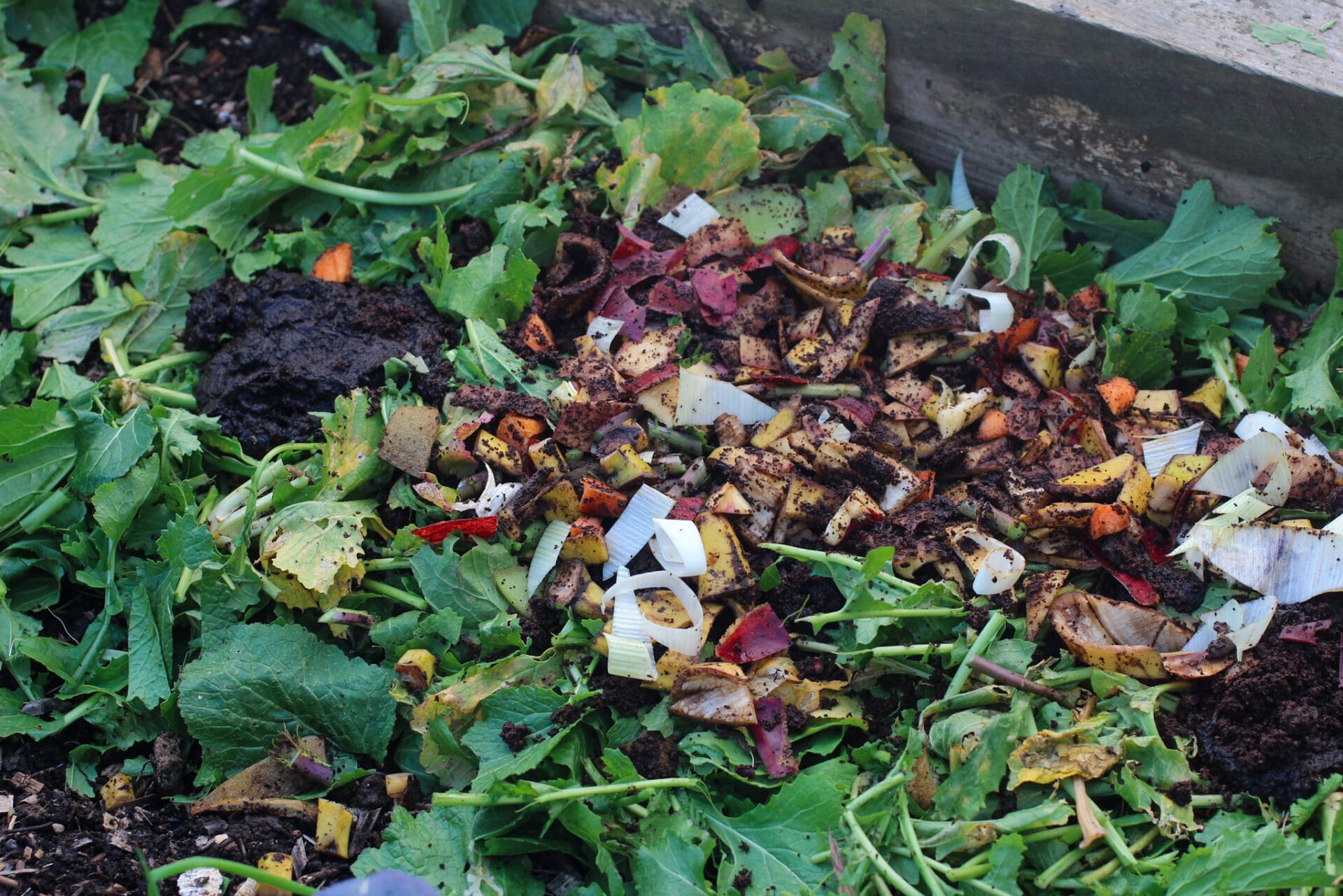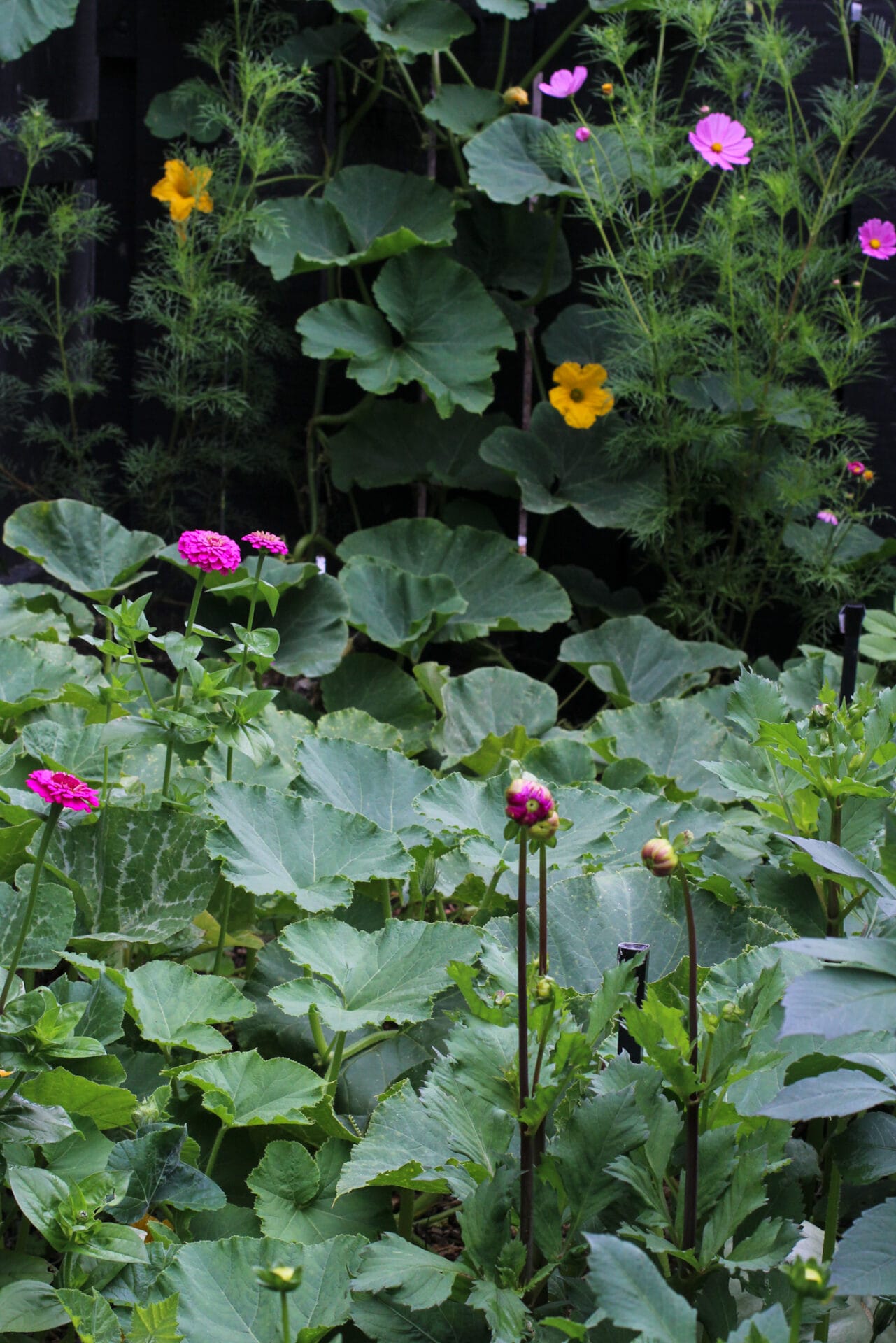Your cart is currently empty!
How to raise a family on homegrown food
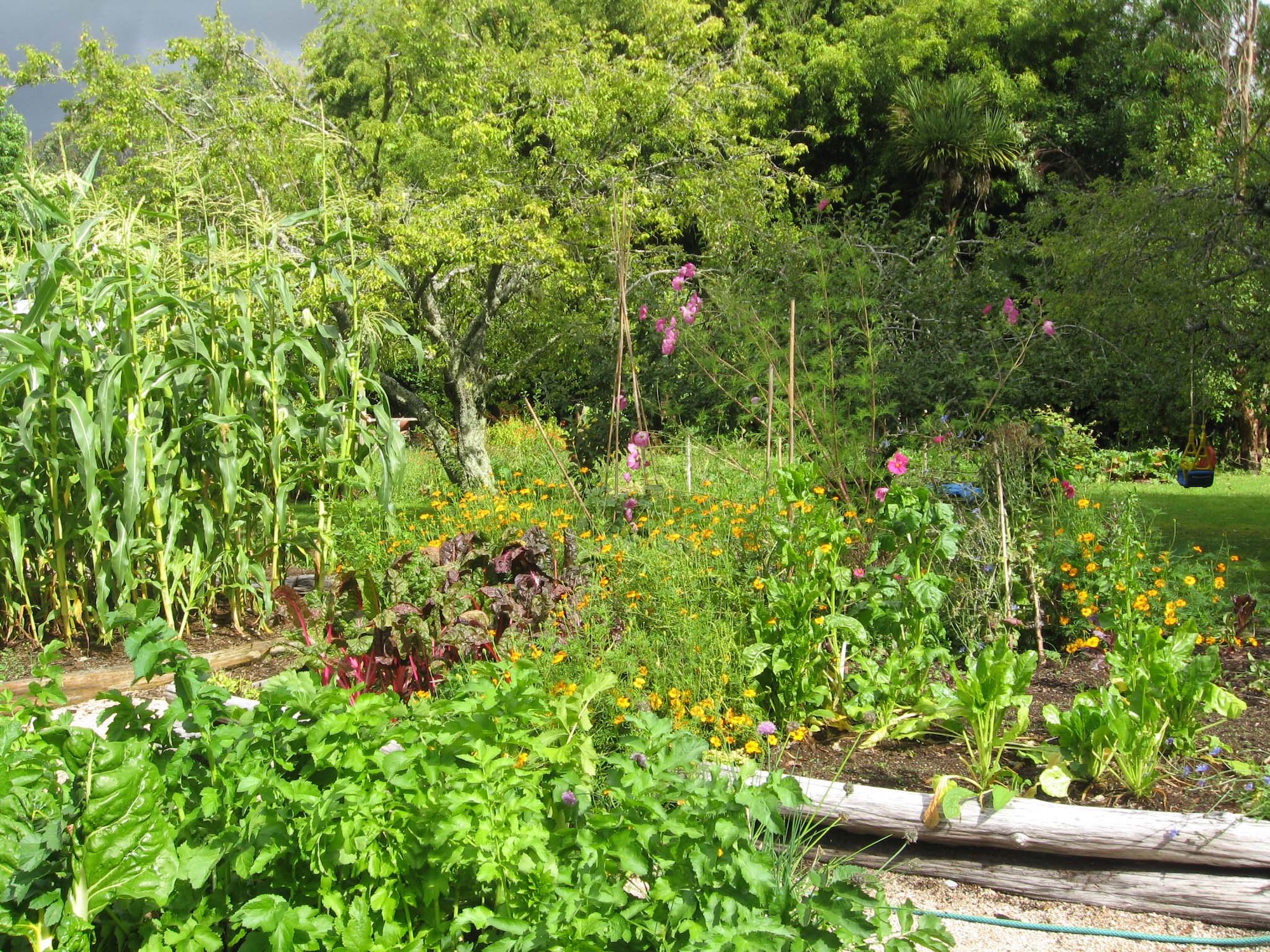
How to raise a family on homegrown food
Abylene Chalmers of Kitchen Garden Rhythms became self-sufficient in growing organic food and shares steps on planning a garden that can feed your family.
Coming from the bustling inner-city coffee bars of Wellington, my partner Brett and I had always dreamt of moving to the country. We longed to grow real food, be as self-sufficient as possible and raise our kids on meals made from scratch.
We imagined these future children to be grounded in the seasons, understanding where their food came from, and knowing the taste of homegrown fruits and vegetables freshly picked and still warm from the sun. Along with this, I envisioned an enveloping kitchen space filled with the scent of freshly baked bread and gently simmering soup, garlic plaits and drying herbs hanging from the rafters, and baskets of seasonal abundance resting on the benches. I wanted my children to be truly connected to their food through their environment, and to know with certainty that what I was feeding them was nourishing, safe and free from harmful pesticides.
So, we took the leap. We bought an overgrown, insect-infested bungalow situated on a hectare of farmland in the tiny village of Karamea on New Zealand’s wild West Coast. The property needed huge amounts of work before we could even spend a night in it, and I’m sure our friends and family thought we were insane. But where they saw work, we saw potential. Thanks to our combined steadfast nature, and willingness to see beyond the weeds and hold on to our dreams, we created a beautiful home. We also established large organic gardens complete with a tunnel house and orchard, and grew a wide array of vegetables, fruits, nuts and berries.
In time we had two children – boys named River and Shea – and set about raising them on fresh homegrown food. They would join me in the garden at every opportunity – digging and playing in the soil, and harvesting produce, all the while naturally absorbing the practical skills and seasonal rhythms of growing food that would one day ground them as adults.
This lifestyle didn’t just fall into place. In fact, we made many mistakes along the way. We planted the wrong things in the wrong places, before taking the time to understand our climate and soil. We often found ourselves with too much of what we didn’t want to actually eat, while still buying pesticide-laden fruits and vegetables from the supermarket. We didn’t understand how to properly build soil, stagger our plantings or how to plant for pest resistance.
So I got researching and read every gardening book I could get my hands on (YouTube wasn’t much of a thing back then!). I took notes, drew plans and trialled many different methods. We spent time observing our land and climate, and learnt how to improve our soil and plant the right way. Over time we began to understand what worked for our space, and how to grow the right foods in a way that truly supported our family.
After years of building up the land, we felt a call to live even more closely with nature. When River was eight, we sold our homestead and bought a hillside of rainforest overlooking the Tasman Sea, where we built an off-grid home and began the next chapter of our food-growing journey.
This new environment came with its own set of challenges, but by using the same methods we learnt previously, we established a thriving food forest. In this smaller terraced space, we now have created a lush, layered ecosystem of espaliered fruit trees, perennial and annual vegetables, berries, herbs, flowers and native plants, all growing in harmony with the bush that surrounds it. We converted the bach that was originally on the land into a dedicated seedling house to allow us to raise strong, healthy plants year-round. We have created two thriving worm farms to help regenerate our soil and apply permaculture principles to our garden.
These systems have been refined over time, through observation and trial. But now, with a rhythm that works for our family, we aren’t reliant on the supermarket for our produce. Our larder is full of bottled fruit, fermented vegetables, homemade chutneys and sauces, and we make our own kombucha, wine and naturally fermented juice from the fruits grown on our land.
Our boys are teenagers now, and while they’ve grown more independent, their connection to the land runs deep. I know their upbringing has instilled in them resilience and a sense of resourcefulness.
I truly believe this way of life is possible for most families. It doesn’t require a pristine homestead or years of experience, just an area for garden beds, a willingness to learn and some gentle guidance along the way.

How to plan a garden that feeds your family
If you’ve ever poured your energy into a garden only to end the season with too much of what your family doesn’t really eat, and not nearly enough of what you do, you’re not alone. It’s one of the most common frustrations I hear from gardeners trying to grow food for their families, and it’s entirely avoidable. Come spring, it’s all too easy to get swept up in the gardening excitement, which is often fueled by social media feeds and garden center displays brimming with lush seedlings. But the truth is, creating a garden that truly supports your kitchen takes more than just planting what’s popular or available at the nursery. It begins with the meals you love and builds outward – through thinking ahead to what you’ll want to preserve for winter, checking what will actually grow well in your climate, and planning for when different crops are harvested so you can stagger plantings and avoid empty patches or overwhelm.
When you take time to look at the whole picture, you can begin to shape a garden that feeds your family all year-round.

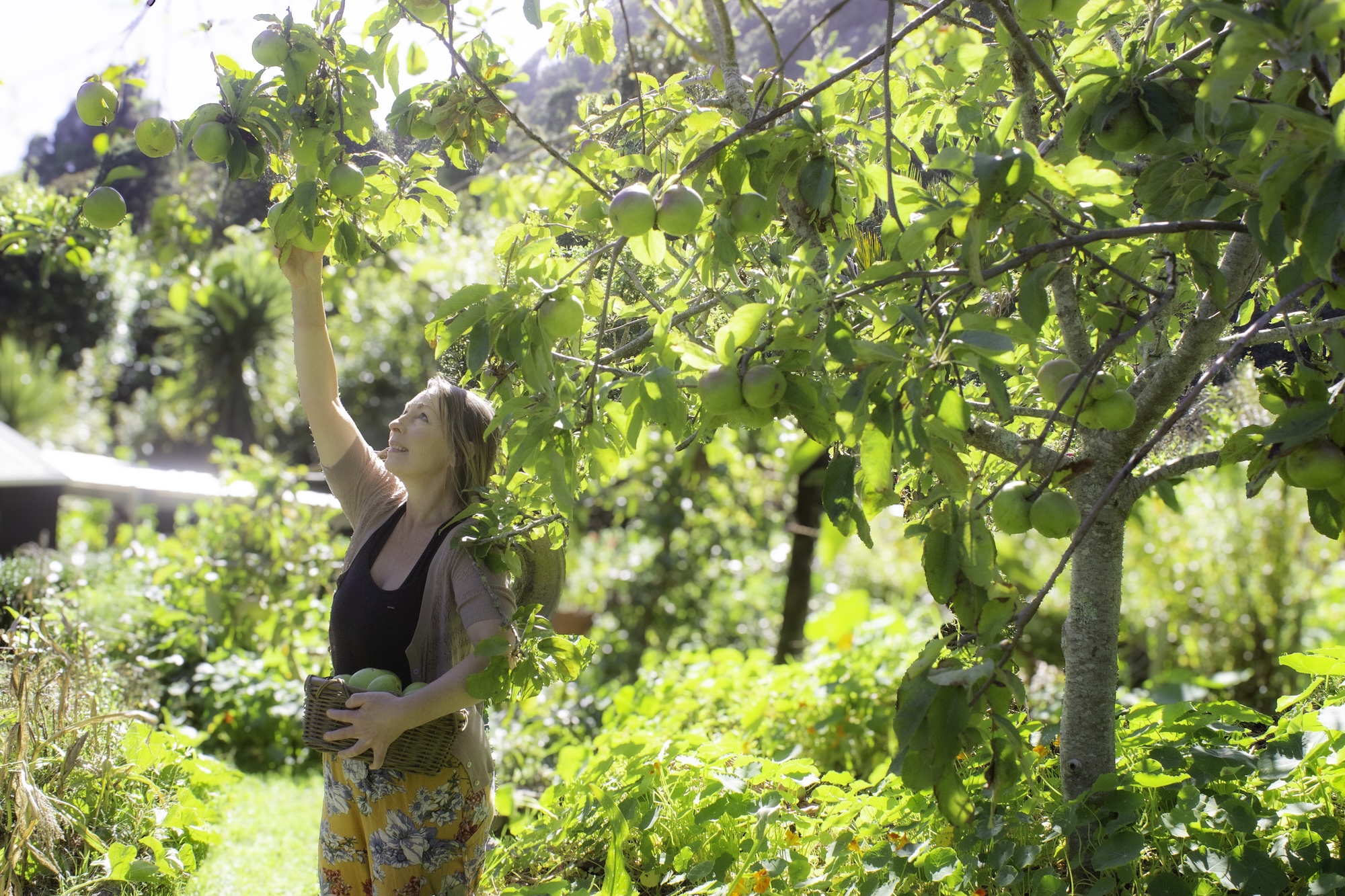
Apple picking with Abylene Chalmers
Step 1: Begin with the meals
Before you even look at a seed packet, step into your kitchen. Your family’s eating habits should be the foundation of your planting plan.
Ask yourself:
- What meals are on regular rotation in our home? (Think about breakfast, lunch and dinner, and all the seasons.)
- Which herbs, salad greens, or supplementary fruits and vegetables do I find myself buying that we could easily grow ourselves with a little guidance?
- Are there any ingrained habits or expectations around what I ‘should’ always have in the kitchen, like needing carrots year-round, even when they’re out of season? (Learning to flow with the natural rhythms of the garden sometimes means rethinking what’s essential, and embracing seasonal eating as a nourishing shift, not a sacrifice.)
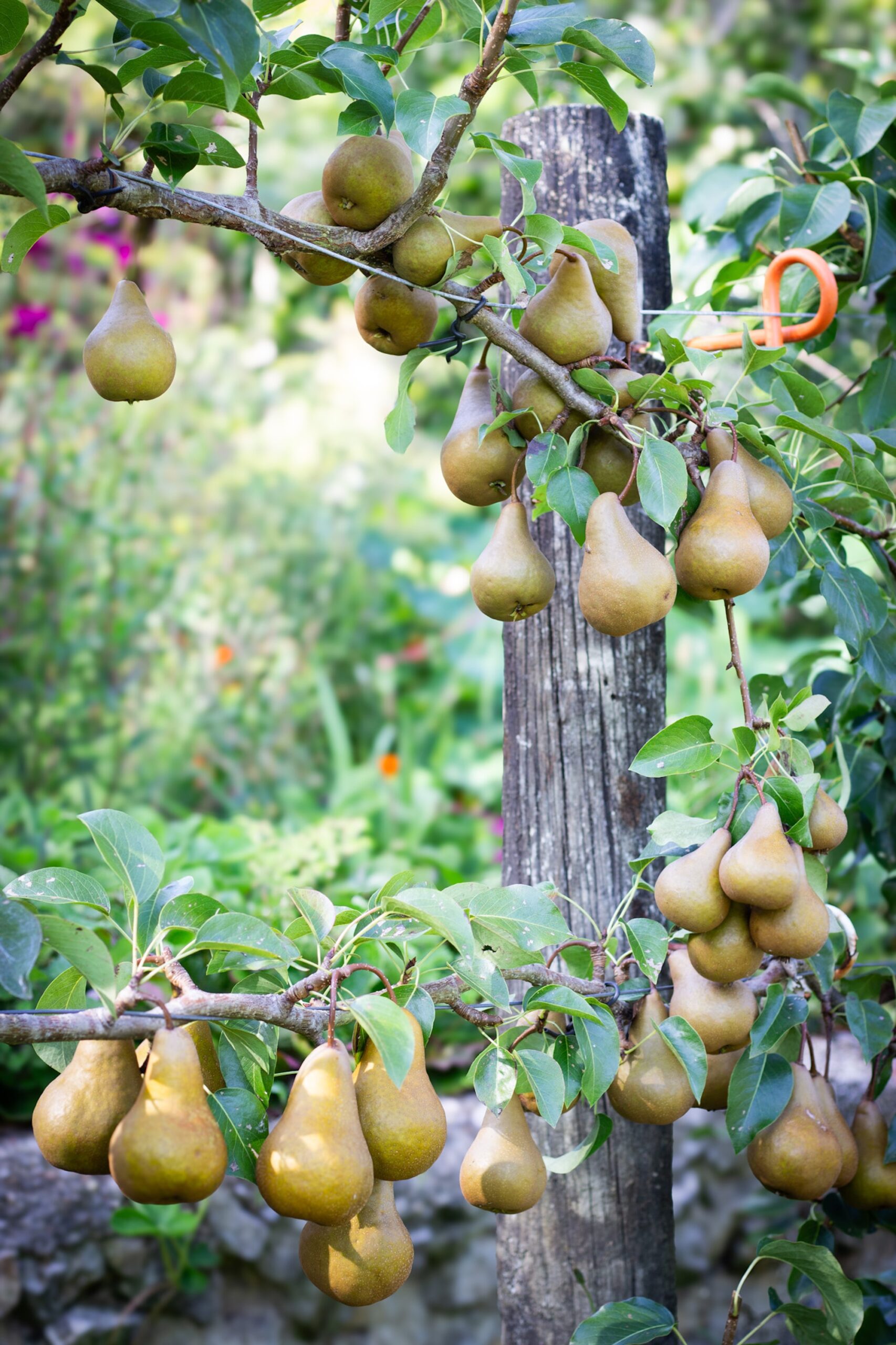
Step 2: Think ahead to winter and preservation
One of the most common mistakes I see is gardeners focusing only on spring and summer, while overlooking the quieter months when the garden naturally slows down. This is when it becomes essential to grow enough of the right crops for winter storage, and to have a pantry well-stocked with preserved food to carry you through the leaner, cooler seasons. This step is all about forward thinking.
Ask yourself:
- What condiments, sauces, or pantry staples would our family like to have as homemade versions?
- What do I want to preserve by freezing, fermenting, dehydrating or bottling for the months when fresh isn’t as plentiful?
- What stores well long term? (Think potatoes, pumpkins, onions and garlic.) Can I grow those in bulk to nourish us through winter?
This is where your garden becomes not just productive, but practical.

Step 3: Cross-check with your climate
This is where a lot of well-meaning plans fall apart. Just because a crop can be grown somewhere, doesn’t mean it will thrive in your backyard, so now is the time to match your wish list to your reality.
Take time to understand your local climate and check that what’s on your list will grow in your area. This might mean removing some things entirely or swapping them out for more suitable options. It’s also your chance to explore varieties of certain plants and trees. For example, traditional apricots often struggle in wet, humid climates, but with a bit of research, you may find a variety that thrives where you are.
Also think about local abundance. Is there something you can easily buy or swap in your area to save on garden space? For instance, we live next to a boysenberry farm, so instead of finding a place to grow them ourselves, we buy or barter seconds when they are in season and freeze them. This frees up our garden for other crops.


Step 4: Map out your harvests across the seasons
Once you’ve cross-checked your list with what grows well in your climate, it’s time to think about when everything is harvested.
Look at the seasonal spread and make sure you have a steady supply of crops coming to fruition throughout different times of the year. Consider the food you will be storing and preserving as well, and try to estimate how long those goods will last. The aim is to make sure there is something homegrown on your plate or in your fruit bowl all year round.
Ask yourself:
- What fruits and berries can I grow to cover the seasons?
- Which vegetables can I harvest fresh in winter and spring, and what stored supplies will I be relying on?
- Can I fill harvest gaps with preserved foods, such as frozen beans, bottled tomatoes or stored pumpkins?
This step helps you identify any seasonal gaps in your plan, so you can plug them with additional crops, adjust your planting times or increase your preserving efforts.
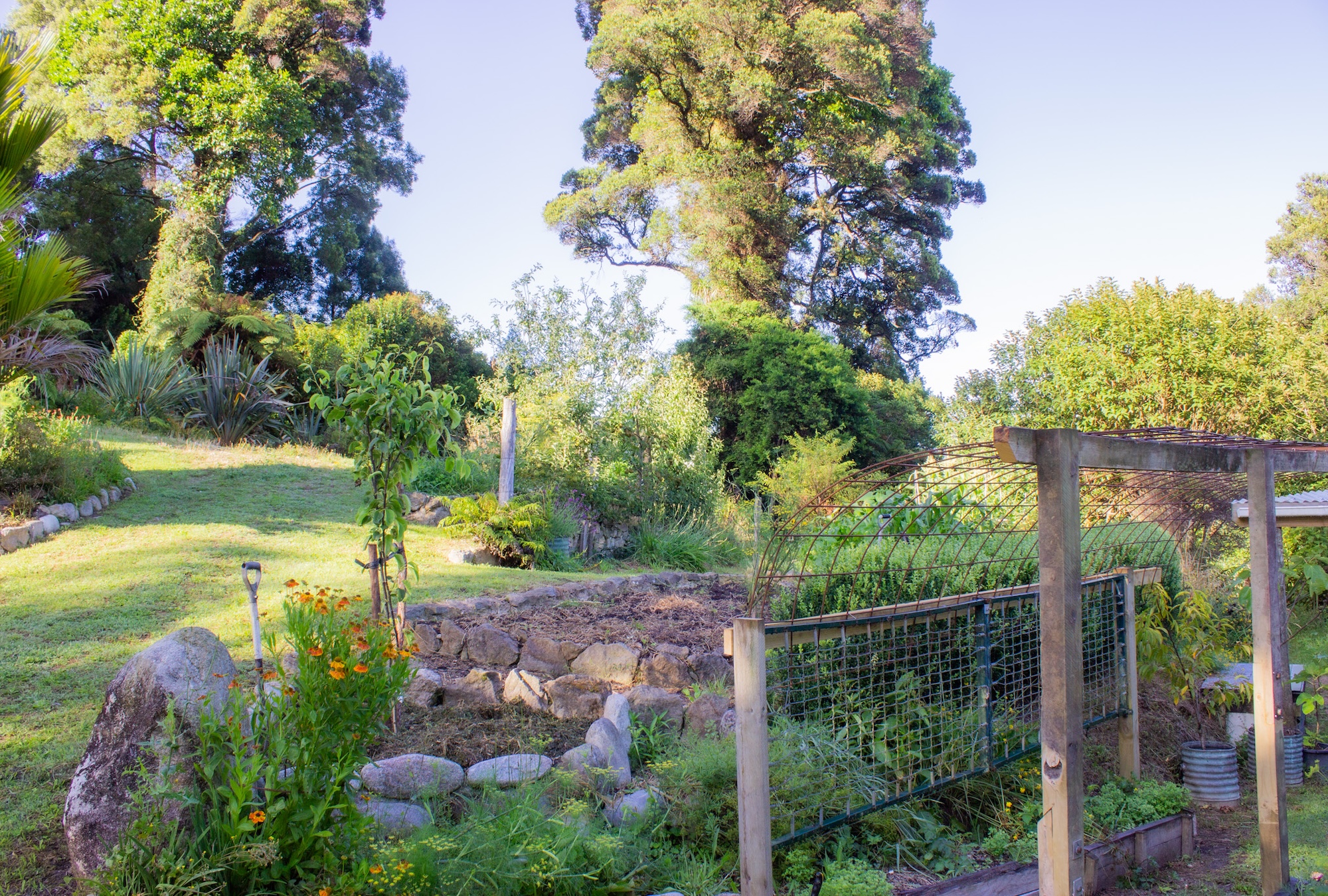
Step 5: Reverse-plan your planting
Once you know what you want to eat, preserve and store, you can work backwards, and plant with true intention.
- Source seeds and seedlings based on your food list.
- Create a planting plan that maps out when each crop needs to go in the ground and where it fits in your garden.
- Think about succession planting to keep harvests coming steadily, instead of all at once.
- Keep notes. What worked? What didn’t? Use these to fine-tune next year’s plan.
This step turns your garden into an intentional extension of your kitchen and gives every seed you sow a clear purpose.
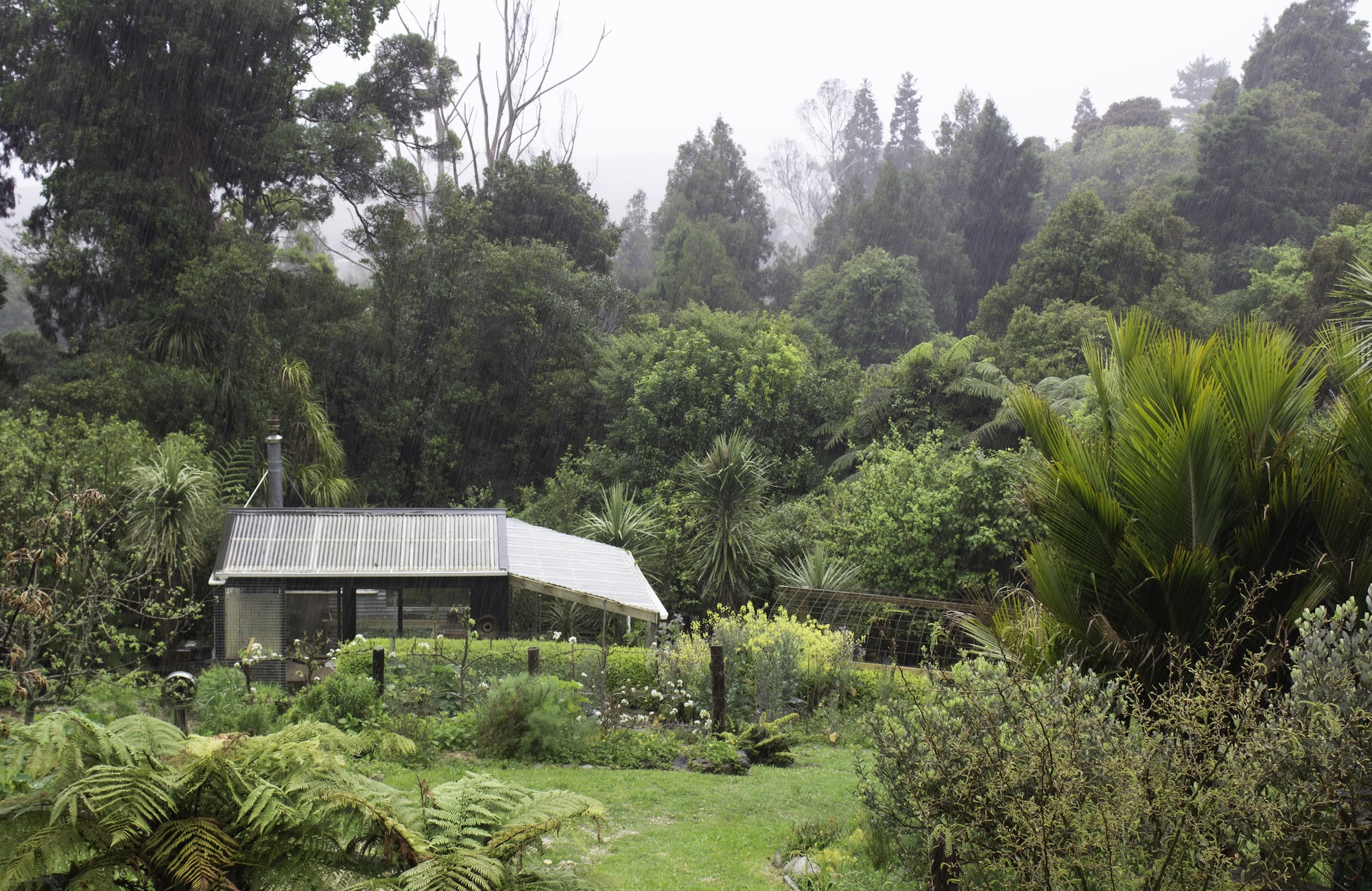
—
The Nourishing Kitchen Garden Mentorship
My passion is to see more women utilising their gardens so they can truly nourish their families year-round and raise their children on homegrown food. The Nourishing Kitchen Garden Mentorship is designed for women who crave a more intentional, self-sufficient way of feeding their family but are feeling frustrated by a garden that isn’t pulling its weight. This empowering step-by-step programme will guide you to grow, harvest and preserve enough food to nourish your family year-round.
Through weekly support, clear guidance and a nurturing community of like-minded women, you’ll gain the skills and confidence to turn your garden into the true heart of your kitchen and home.
–– To chat more about Abylene’s garden mentorship programme, book a free garden chat to talk through your space, your goals, and see if the mentorship is a good fit for where you’re at right now.

